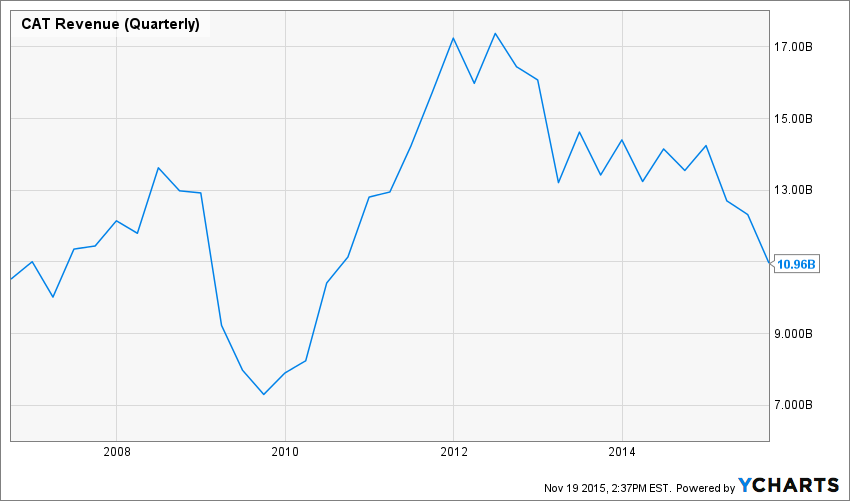Introduction
The aim of this article is to show that the shale industry, whether extracting oil or gas, has never been financially sustainable. All around the world it has consistently disappointed profit expectations. Even though it has produced considerable quantities of oil and gas, and enough to influence oil and gas prices, the industry has mostly been unprofitable and has only been able to continue by running up more and more debt. How could this be? It seems paradoxical and defies ordinary economic logic. The answer is to be found in the way that the shale gas sector has been funded. It is part of a bubble economy inflated by monetary policy that has kept down interest rates. This has made investors “hunt for yield”. These investors believed that they had found a paying investment in shale companies – but they were really proving that they were susceptible to wishful thinking, vulnerable to hype and highly unethical practices that enabled Wall Street and other bankers to do very nicely. Those who invested in fracking are going to lose a lot of money.
A Global Picture of disappointed expectations
Around the world big expectations for fracking have not been realised. One example is Argentina where shale oil reserves were thought to rival those in the USA. It is a country where there has been local opposition while central government pushed the industry in alliance with multinational companies and its own company YPC. However profitability has been elusive. To have any hope of profitability shale development has to be done at scale to rapidly bring down costs enough to make a profit.
…click on the above link to read the rest of the article…











